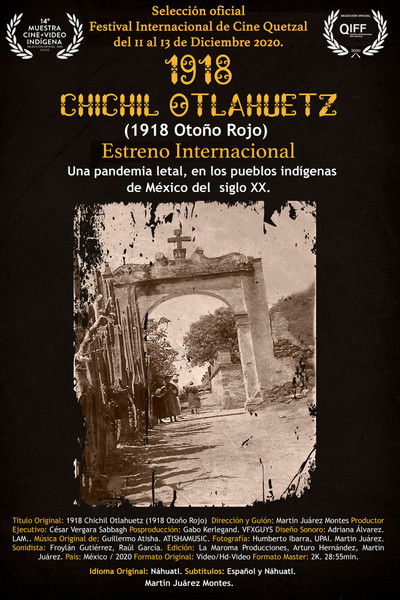Red Autumn
Indigenous peoples have suffered various pandemics, one of the most lethal in 1918
Genres
Documentary
OverView
Historical heritage documentary about the disease that, 100 years ago, occurred during and after the Mexican Revolution. This film presents real testimonies of this cruel pandemic in the indigenous peoples of Mexico in the 20th century.
Others
Budget
$--
Revenue
$--
Status
Released
Original Language
Spanish
Runtime
20 mins
Rating
0/10
Release Date
25 June 2020
Country

